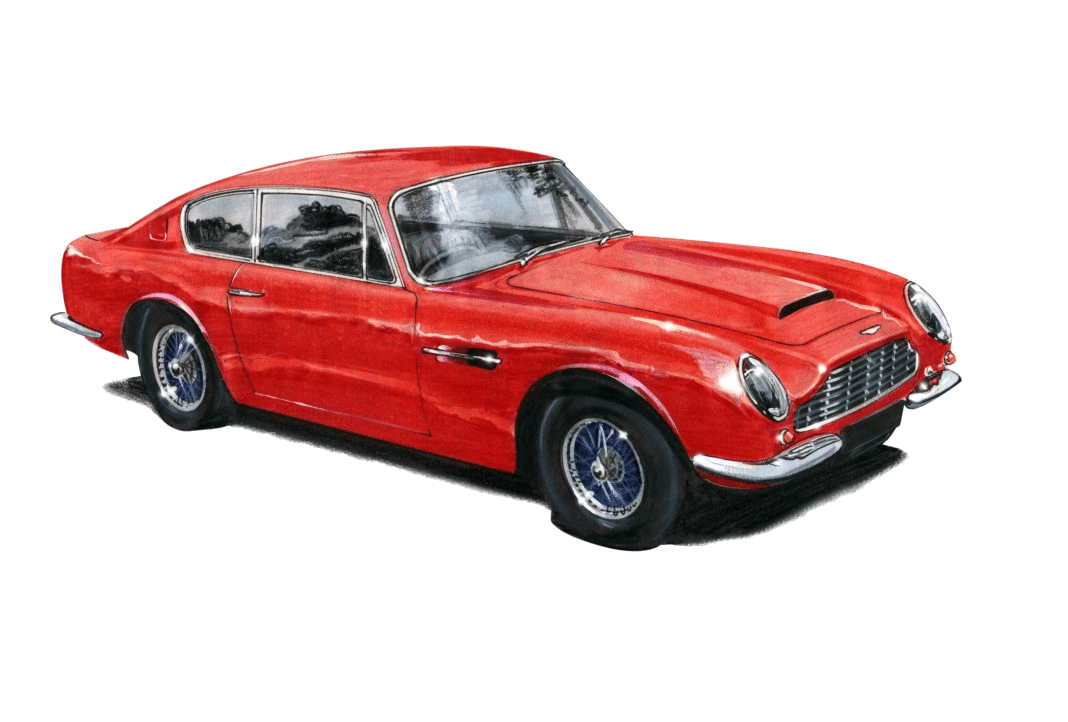
The DB6, a vehicle that exudes elegance and luxury, may not seem like an obvious choice for track performance or racing enthusiasts. Aston Martin has always been renowned for manufacturing high-performance sports cars, and it’s fair to say that the DB6 strays from this tradition. However, it is worth exploring whether this classic beauty can hold its own on the track and deliver an exhilarating racing experience.
When the Aston Martin DB6 was first introduced in 1965 as the successor to the iconic DB5, its main focus was on improving comfort and practicality. With increased headroom and rear passenger space, the DB6 aimed to please those who desired high-performance coupled with luxury. Its grand touring design, characterized by a sloping roofline and spacious cabin, set it apart from its competitors.
While the DB6 lacks the pure power and speed of modern-day track-focused vehicles, its performance is nothing to scoff at. Powered by a 4.0-liter inline-six engine, the DB6 produces 282 horsepower and can reach a top speed of 148 mph. These figures may not match the blistering pace of modern sports cars, but they are still impressive, especially for a car of its era.
One of the key factors that affect a car’s suitability for track performance is its handling characteristics. Here, the DB6 showcases a well-balanced and predictable nature. Its independent front suspension and live rear axle provide stable and reliable handling, while its power-assisted steering ensures precise control. The DB6 may not deliver the razor-sharp agility of purpose-built track cars, but it offers a composed and comfortable ride both on and off the track.
However, it’s important to note that the DB6 was never intended to be a track-focused vehicle. Its weight distribution, although adequate for road driving, may limit its capabilities when pushed to the limit on a race track. Its overall weight, coupled with its grand touring design, can make it less nimble when maneuvering through tight corners and chicanes. Additionally, the lack of modern safety features such as roll cages and reinforced chassis makes it less suitable for high-speed racing.
Despite these limitations, the DB6 offers a unique and charming alternative for those seeking a classic racing experience. The sound of its inline-six engine roaring to life, the sensation of the wind rushing through the open windows, and the sheer elegance it exudes are all part of the enchantment that the DB6 brings to the track. It offers a nostalgic and refined racing experience that can transport drivers back to a bygone era of motorsport.
Ultimately, the suitability of the DB6 for track performance or racing depends on the expectations and preferences of the driver. While it may not compete with purpose-built track cars in terms of raw performance, it can still provide an exciting and memorable racing experience. The DB6’s timeless design, luxurious interior, and admirable performance make it an intriguing option for those who value both style and speed on and off the track.